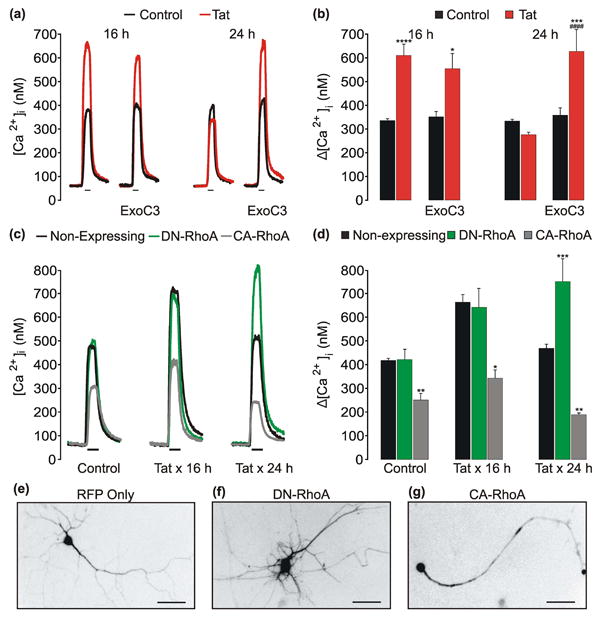Fig. 2. Adaptation of NMDARs following Tat-induced potentiation requires RhoA.

a, Representative traces show NMDA-evoked [Ca2+]i increases from control (
 ) neurons or neurons treated with 50 ng/mLTat (
) neurons or neurons treated with 50 ng/mLTat (
 ) for 16 h or 24 h. Cells were pretreated with 2.5 μg/mL Exoenzyme C3 Transferase (ExoC3) 1 h prior to the addition of Tat. NMDA (10 μM, 30 s) was applied by superfusion at the times indicated by the horizontal bars. b, Bar graph shows net [Ca2+]i increase evoked by 10 μM NMDA in control (
) for 16 h or 24 h. Cells were pretreated with 2.5 μg/mL Exoenzyme C3 Transferase (ExoC3) 1 h prior to the addition of Tat. NMDA (10 μM, 30 s) was applied by superfusion at the times indicated by the horizontal bars. b, Bar graph shows net [Ca2+]i increase evoked by 10 μM NMDA in control (
 ) cells or cells treated with Tat (
) cells or cells treated with Tat (
 ) for 16 h or 24 h. *p<0.05; ***p<0.001; ****p<0.0001 relative to respective control; ####p<0.0001 relative to 24 h Tat-treated neurons as determined by separate, one-way ANOVAs with 4 levels per treatment time followed by Tukey's post-test for multiple comparisons. c, representative traces show NMDA-evoked [Ca2+]i increases from non-expressing (
) for 16 h or 24 h. *p<0.05; ***p<0.001; ****p<0.0001 relative to respective control; ####p<0.0001 relative to 24 h Tat-treated neurons as determined by separate, one-way ANOVAs with 4 levels per treatment time followed by Tukey's post-test for multiple comparisons. c, representative traces show NMDA-evoked [Ca2+]i increases from non-expressing (
 ) neurons or neurons expressing DN-RhoA (
) neurons or neurons expressing DN-RhoA (
 ) or CA-RhoA (
) or CA-RhoA (
 ) that were left untreated (control) or treated with Tat for 16 h or 24 h. d, Bar graph shows net [Ca2+]i increase evoked by 10 μM NMDA in nonexpressing (
) that were left untreated (control) or treated with Tat for 16 h or 24 h. d, Bar graph shows net [Ca2+]i increase evoked by 10 μM NMDA in nonexpressing (
 ) neurons or neurons expressing DN-RhoA (
) neurons or neurons expressing DN-RhoA (
 ) or CA-RhoA (
) or CA-RhoA (
 ). Neurons were left untreated (control) or treated with Tat for 16 h or 24 h as indicated. *p<0.05; **p<0.01; ***p<0.001 relative to non-expressing neurons within respective treatment group as determined by separate, one-way ANOVAs with 3 levels per treatment time followed by Tukey's post-test for multiple comparisons. e-f, Representative images show neurons expressing RFP only (e) or RFP and DN-RhoA (f) or CA-RhoA (g) (scale bar = 50 μm). Images were inverted to enhance contrast between the neuron and background.
). Neurons were left untreated (control) or treated with Tat for 16 h or 24 h as indicated. *p<0.05; **p<0.01; ***p<0.001 relative to non-expressing neurons within respective treatment group as determined by separate, one-way ANOVAs with 3 levels per treatment time followed by Tukey's post-test for multiple comparisons. e-f, Representative images show neurons expressing RFP only (e) or RFP and DN-RhoA (f) or CA-RhoA (g) (scale bar = 50 μm). Images were inverted to enhance contrast between the neuron and background.
